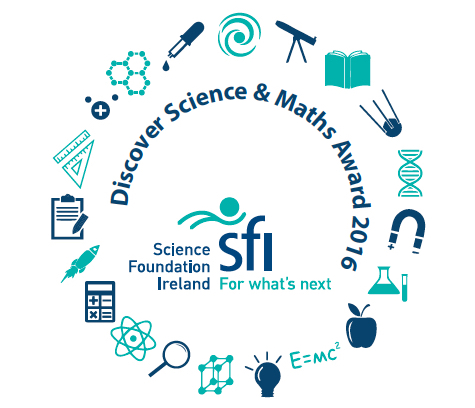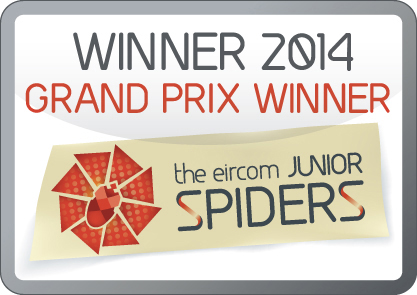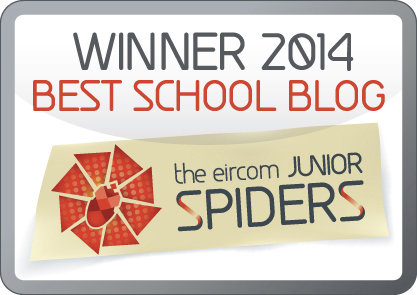
Welcome to our submission for the Discover Primary Science and Maths award for 2015. This is our 10th year taking part in the Awards! This year we are applying for the Plaque of STEM Excellence, a new award which is given to schools that carry out extensive work in science, technology, engineering and maths, all of which are very important in St. Peter’s.
The other big change this year is that it is the first time we will have had Junior and Senior Infants taking part in the award! It is great to see the young scientists have so much fun learning about Science and Maths.
As this is a new award, the criteria that has to be fulfilled has changed slightly this year, as can be seen below. A huge amount of work has gone into this, well done to all the pupils and teachers who took part. For the third year in a row, we are using our blog to submit our award and to link back to our activities that have taken part during the year. Our AoSME number this year is WW001.
Step 1: Science
For this step, we carried out six hands-on Science investigations under the four different strands in classes throughout the school. We also tried to include Maths in these investigations where possible, linking in with Step 4.
- Energy and Forces: 5th Class investigated what happens when Pepsi and Mentos are mixed together here.
- Living Things: 4th Class investigated their fingerprints and their eyes here.
- Environmental Awareness and Care: 3rd Class investigated filtering water here.
- Materials: 2nd Class investigated the best materials to use in their pop-up poncho shop here.
- Materials: Senior Infants investigated water proof materials here.
- Energy and Forces: Junior Infants investigated magnets here when they went fishing!
6th Class also took part in the BT Young Scientist and Technology Exhibition, which you can read all about here.
We also took part in the Intel Mini-Scientist Awards, which you can read about here.
Step 2: Technology
In the second step, we had to ensure that technology was used by our pupils. As winner of the Junior Spider Awards last year, technology has become a part of every-day life in St. Peter’s.
For example, 6th Class’ entry for the BT Young Scientist Award was based on using a Raspberry Pi. They also developed their own blog to showcase their work. You can read all about their exciting year here.
Our pupils also used technology to design their entry for the Intel Mini-Scientist Awards. Three of our pupils designed a dance mat which you can read about here.
Throughout all the other classes in the school, pupils of every age have also used cameras, laptops, animoto, and this blog, as well as apps such as vine and twitter,to showcase the work that they have been doing during the course of the year. As you can see from our submission this year, we have continued to implement technology in our day-to-day teaching and learning, with Maths and Science at the forefront of this.
Step 3: Engineering
For the third step of our application for the DPSM Plaque of STEM Excellence, we took part in Engineering Week in the school. As part of this, an engineer visited 3rd Class and spoke to them about the different types of engineering. You can read more about his visit to our school here.
During Engineer’s Week in the school, there was also Design and Make activities. 3rd Class and 6th Class joined forces and designed and made a new school, which you can read about here.
Step 4: Maths
Throughout our Science investigations, we incorporated Maths where possible, For example, Senior Infants used bar graphs to record their results here, and 4th Class used mathematical skills to measure the heights of their classmates here.
The school also took part in Maths Week in October 2014. Read about all the Maths and fun that took place in 2nd Class during Maths Week here.
Step 5: STEM Showcase
6th Class took part in the BT Young Scientist Exhibition in the RDS in January this year. They put a huge amount of work and effort into their innovative idea, developing a goal line technology system using a Raspberry Pi. You can read all about their experience here.
We hoped you enjoyed reading our submission!







